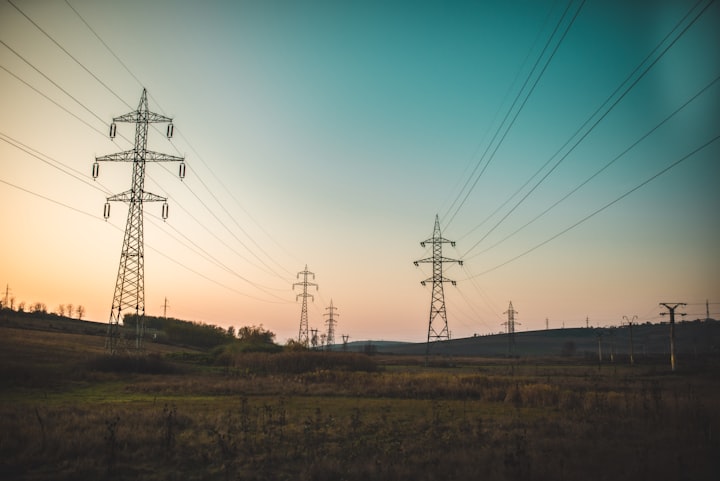ERCOT as a Petri Dish
10yrs of Daily Data
💡
As a follow up to previous work, we took ten years of ERCOT daily generation data and visualized nominal and relative changes, comparing wind and solar versus natural gas
Takeaways:
- Wind generation growth is leveling off
- Solar generation growth is ramping
- Natural gas generation has had limited growth but the upper and lower bounds - the volatility - has expanded
Solar is just a capacity build out story today in ERCOT- there is little correlation to displacing natural gas
Wind capacity growth and wind volumes are driving increasingly negative correlation between wind and natural gas generation in ERCOT
Intermittency and the challenges it brings to an electrical grid will continue to drive the renewable energy debate
Takeaways:
- Wind generation growth is leveling off
- Solar generation growth is ramping
- Natural gas generation has had limited growth but the upper and lower bounds - the volatility - has expanded
Solar is just a capacity build out story today in ERCOT- there is little correlation to displacing natural gas
Wind capacity growth and wind volumes are driving increasingly negative correlation between wind and natural gas generation in ERCOT
Intermittency and the challenges it brings to an electrical grid will continue to drive the renewable energy debate
We do appreciate your support in our endeavor to commercialize our content!

Picture - Worth - 1,000 Words
Capacity factor correlations haven't changed much over time. Note that wind generally has higher peak-end capacity factors days than natural gas.
Wind and natural gas correlation is increasingly negative.
Solar is a capacity story.
Wind generation is generally leveling off in ERCOT.
Solar power generation is increasing at a rapid rate.
The addition of volatile and intermittent power sources has added to natural gas generation volatility.


